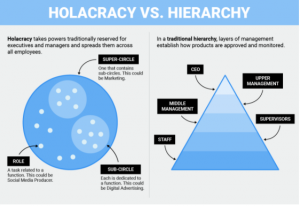Motivation is a powerful force that drives individuals to achieve their goals and aspirations. However, the journey towards success is often accompanied by a lesser-known companion – motivational anxiety. This unique form of anxiety can manifest when individuals feel overwhelmed or uncertain about their ability to meet their own expectations. In this article, we will explore the concept of motivational anxiety, its causes, and practical strategies to overcome its challenges.
Understanding Motivational Anxiety:
Motivational anxiety is a psychological state characterized by the fear or apprehension associated with pursuing one’s goals. Unlike general anxiety, which may stem from external stressors, motivational anxiety is often internal, arising from the pressure individuals place on themselves to succeed. This internal pressure can lead to a range of emotions, including self-doubt, fear of failure, and a sense of inadequacy.
Causes of Motivational Anxiety:
High Expectations: Setting excessively high expectations for oneself can create immense pressure and trigger motivational anxiety. The fear of not living up to these expectations can be paralyzing.
Comparisons to Others: Constantly comparing one’s progress to that of others can contribute to motivational anxiety. It is essential to recognize that everyone’s journey is unique, and comparisons may not accurately reflect personal growth.
Fear of Failure: The fear of failure is a common driver of motivational anxiety. Individuals may become so focused on avoiding failure that they struggle to take necessary risks and steps towards their goals.
Perfectionism: Striving for perfection in every aspect of life can lead to anxiety. Accepting that imperfections are a natural part of the learning process is crucial for overcoming motivational anxiety.
Strategies to Overcome Motivational Anxiety:
Set Realistic Goals: Break down larger goals into smaller, achievable tasks. Setting realistic goals helps manage expectations and reduces the likelihood of feeling overwhelmed.
Focus on the Process: Instead of fixating on the end result, shift your focus to the process of growth and learning. Embrace the journey, recognizing that challenges contribute to personal development.
Practice Self-Compassion: Treat yourself with kindness and understanding. Acknowledge that setbacks and mistakes are part of the learning process and an opportunity for growth.
Develop a Growth Mindset: Cultivate a growth mindset by viewing challenges as opportunities to learn and improve. Embrace the idea that abilities can be developed through dedication and hard work.
Limit Social Comparisons: Minimize comparisons to others and focus on your individual progress. Celebrate your achievements, no matter how small, and appreciate the unique path you are on.
Seek Support: Share your goals and challenges with supportive friends, family, or mentors. Having a strong support system can provide encouragement and perspective during difficult times.
Motivational anxiety is a natural part of the journey toward success, but it doesn’t have to be a roadblock. By understanding its causes and implementing practical strategies, individuals can navigate motivational anxiety and continue progressing toward their goals. Remember, success is a process, and every step forward is a triumph in itself.






